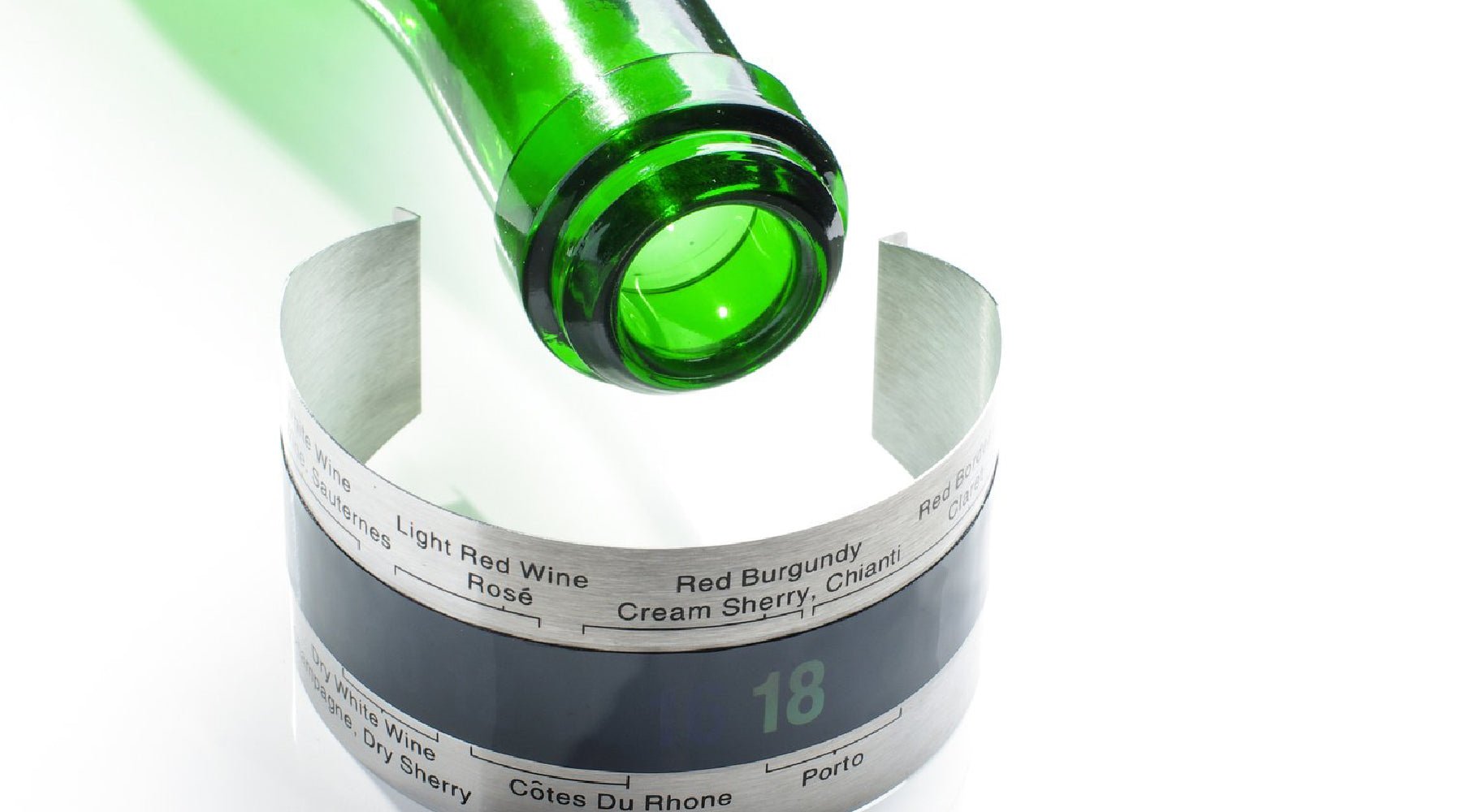Ideal temperatures for serving honey wines, meads and beers
February 22 2021 – Michael Lindeman

"Ice Cold Beer!" is a common phrase used to market mass-produced commercial lager beer in this country. (Picture long-necked amber bottles, a black eagle on the label, in a bucket of ice next to a frosted glass mug.) And, in fact, we believe the best (and perhaps only) way to enjoy mass-produced commercial beer is to serve it as cold as the natural laws of the universe allow.
However, serving alcoholic beverages too cold causes them to lose their flavors and nuances. This isn't a problem with mass-produced beer or wine, which lacks complex and appealing aromas and flavors. But when it comes to craft beers, mead, and honey wine, like those made by Costa Rica Meadery, there really isn't a single ideal serving temperature. And even if there were, it probably wouldn't be ice cold.
Temperature has a profound effect on our taste buds. The chemical compounds responsible for the myriad aromas and flavors we love in our alcoholic beverages are activated and suppressed in various ways depending on the temperature. Heat generally makes a flavor more pronounced, while cold tends to suppress it. Choosing the right temperature ensures that these chemical components remain in balance while you enjoy your craft beverage.
Different alcoholic beverages taste better to most people at different temperatures.

When asked what serving temperature she would recommend for Kaguya, Costa Rica Meadery's newest sparkling mead, mead maker Alejandra replied, “If you take it straight from the refrigerator at around 4°C or 5°C, it really flattens and you lose the flavor potential of that mead. I think the sweet spot is at least 8°C, up to 13°C, in that range. If you serve it at 8°C and let it warm up, you have a more interesting experience. As you approach 13°C, it really opens up and you get more expression of the fruit and wild yeasts, not only in the flavor but also in the aromatics.”
If in doubt, remember this rule: light-bodied, low-alcohol drinks taste better cold, while full-bodied, high-alcohol drinks are warmer.
Here are some general guidelines for our beers, mead, and mead wine:
2–4°C (35–40°F): This temperature is too cold to fully enjoy any of our products.
4–7°C (40–45°F): Due to their light body, mouthfeel, and grainy peak, Caribeño and Morus are best enjoyed in this temperature range. Passiflora , a bittersweet dessert wine, is also best at this temperature. Et Tu Brute , which has champagne-like qualities, is perfect at 7°C. So take these products out of the refrigerator and enjoy them right away!
7–10°C (45–50°F): The complex, tropical, citrus, acidic flavors and aromatic compounds of Plinia , Lalajuela , and other meads and fruit beers begin to emerge at this temperature range. You can let them rest for 5 minutes after removing them from the refrigerator before opening and serving.
10–13°C (50–55°F): The higher alcohol content, stronger flavors, and fuller body of Pitanga , Nicoyano , and Kaguya benefit from a slightly warmer serving temperature. You'll definitely get more aromatic expression from these wines as they warm up. You can let these bottles sit for 5 to 10 minutes after removing them from the refrigerator before opening and serving.
13–16°C (55–60°F): The coffee and chocolate notes of Moca and the complex, structured flavors of Eclectic really come to life at 13°C.
16-21°C (60-70°F): Dessert wines like Amapola can be enjoyed at room temperature. We like to put these bottles in the refrigerator for 15 minutes before serving to bring the temperature to approximately 21°C.
Of course, these are just recommendations. Ultimately, you should decide what serving temperature is best for you.



0 comments